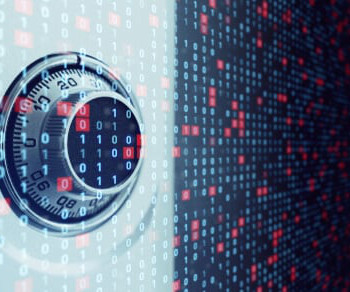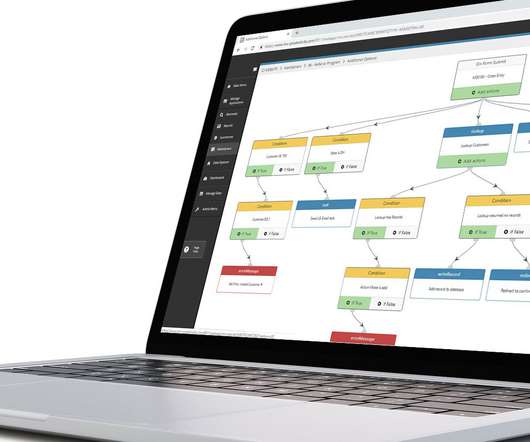4 ways CISOs can manage AI use in the enterprise
CIO Business Intelligence
DECEMBER 18, 2023
Protecting data In a recent meeting I attended with over 100 security executives, the prevailing theme among participants was that the primary techniques used today to manage the safe use of AI in their organization were employee training and usage policies. Government oversight All the recent innovation has certainly caught the U.S.























Let's personalize your content